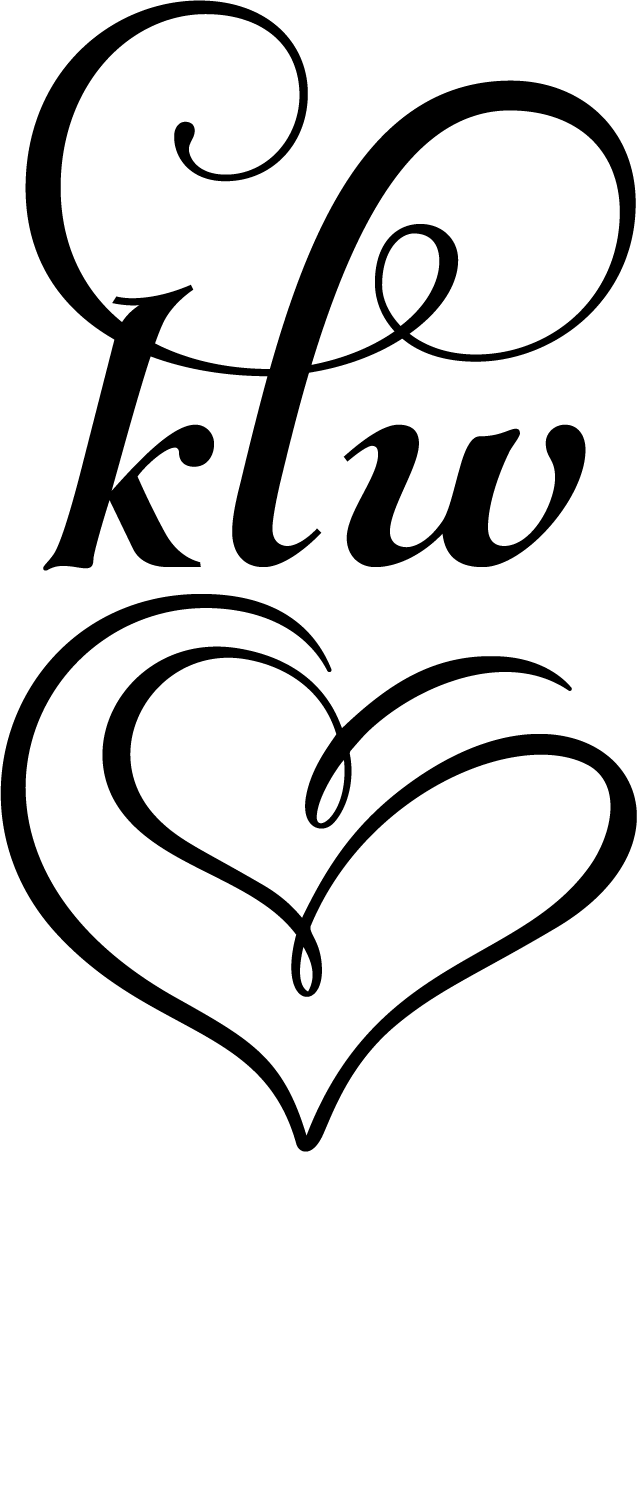Over the course of the next three days, I’m going to share a method for Facebook ads from Vlad Bustiuc. He posted this in the 20BooksTo50k Facebook group and it was shared in the SPF Mastery. Admittedly, I simplified his verbiage to make things clearer to read. Set it in an outline for an easier step-by-step process. In addition, he applies a rule you can create in Facebook that I didn’t understand and cost me a little money, but I found the error and corrected it and and thrilled to report that I feel I’m now on track.
Today is the the 29th and on Tuesday I’ll show you the results of my efforts using this. So far, I’m pleasantly surprised. So, lets get started. First off, I am a person who prefers to organize things ahead of time. This will simplify things down the road. This method is time consuming, and I am only on the 3rd day. So, in a week, I’ll have results. Good or bad remains to be seen.
Once again, this is from Vlad Bustiuc out of Spain and he is a member of the 20BooksTo50k Facebook group.
Part 1:
From 6.5k profit to 17k profit/month in just 3 months. [ Key Lessons]
Genre: (Kathy) Regency Historical Romantic Suspense
Genre: (Vlad) Paranormal Vampire Romance
Terms to understand:
- CPC – cost per click
- CTR – clickthrough rate
Marketer: I’ve seen many people trying to spend more money on Facebook without seeing an improvement in revenue and they get stuck at a certain level of income. Fortunately, there is a smart way of scaling Facebook ads profitably that I’ll share in this post along with all the lessons we’ve learned. The author already had some small success with the ads before, so she was doing something right.
The goal is to optimize things even more, to make everything more profitable. The client’s ad costs were a bit high (the average CPC was 0.25)
- I needed to do was to create better ads and lower the CPC.
- Then, move on to improve the targeting as well.
Step 1. The Ad Creative Testing Process
There is one rule:
- Test everything
If you want your ads to be as good as they can be, you must test every element individually. (This is also a Skye Warren recommendation).
- Copy
- Headlines
- Images
Create a new campaign, testing only test the ad creative elements. (copy, headlines, images)
Each ad-set will have the same targeting.
- One ad-set tests images,
- One ad-set tests headlines, and
- One ad-set tests just copy.
Take the best performing audience the client currently had, then set up the tests.
Start with images.
Take the best ad on the account:
- Keep the copy
- Keep the headline
- Test 50 new images.
Note: (50 is the maximum number of ads you are allowed to create in an ad-set)
Images to test:
(Kathy’s) Historical Cobbled streets, London bridge, regency woman, regency man, castles, massive English gardens, English tea service, butler, servants, noblemen and women, horse-drawn carriages, English stately homes, interior
*The ones that outperformed everything were landscape images with castles. (this was for paranormal vampire romance)
Once a best image has been determined
- Move to a new ad-set where you can test new copy.
- Keep the current headline
- The new image from the previous test, and
- Set up a new ad-set and test 50 new “copy” statements.
*The best performing copies showed between 30 to 40 words long. More later.
Once the best copy has been determined
- Test new headlines
- Test 50 new headlines.
*The best headlines appear to be 6-8 words max.
Note: The reason word count is mentioned is that (he) noticed it had a big impact on the CPC.
By following this process, the CPC was lowered from $0.25 to $0.15.
In every test, a custom rule was followed:
- Shut the ads off once they reach 400 impressions. That’s approximately $3 to $5 spent per ad. This way you give all ads a fair chance. Otherwise, Facebook will only send traffic to a few of the ads and you won’t be able to test properly. If something has over 200 impressions and a really high CPC and low CTR, it was shut it off. There is no reason in allowing the ad to spend money since it will never be used at that point.
The performance is judged on low CPC and high CTR. The ads with the lowest CPC and the highest CTR performed best.
Note: It’s important to realize that you require a good enough audience that you know sells your books before you optimize your ads. Why? Because, this is what you should base optimization for your ads on. They should focus on an audience that is buying your books. You shouldn’t let people who don’t buy your books should not be dictating the results of your ads. Very IMPORTANT aspect!
*If you don’t have an audience yet you might want to start with that first and then optimize your ads.
Part 2 on the morrow … 🙂
